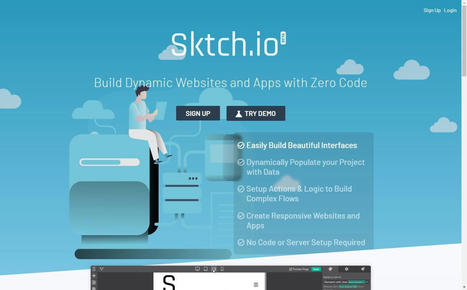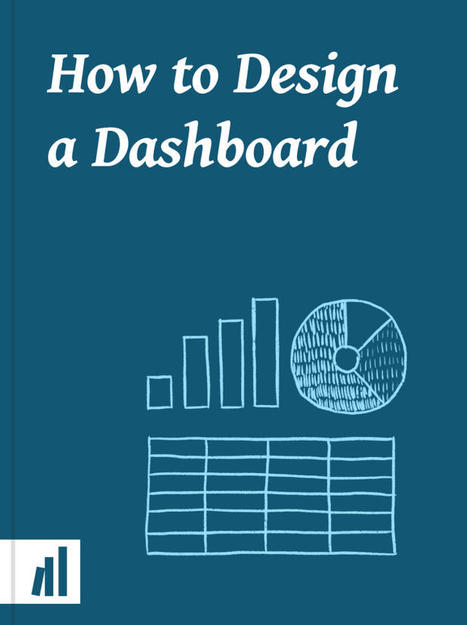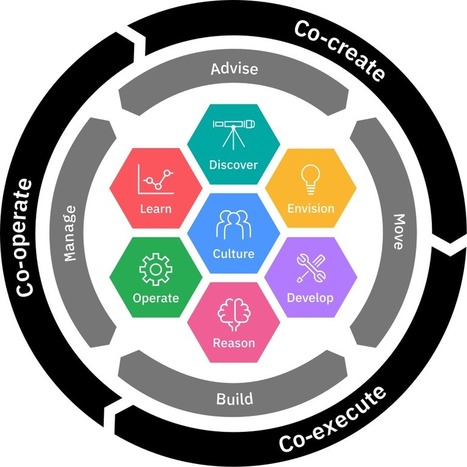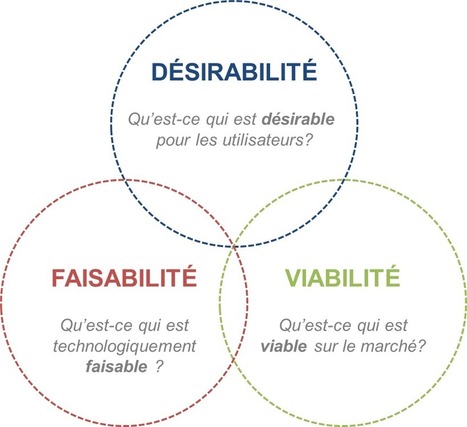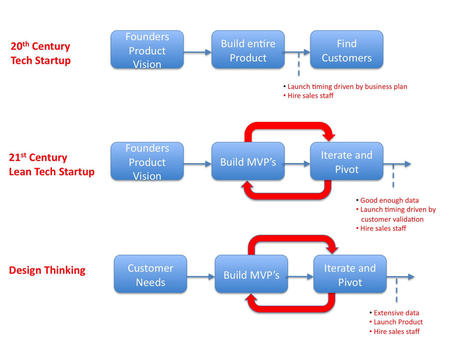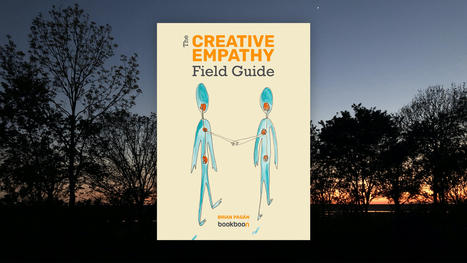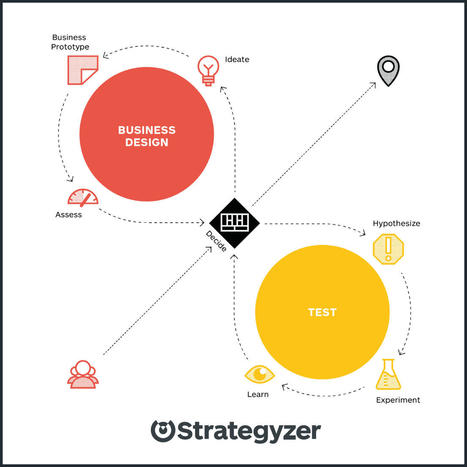La « stratégie créative Disney » est responsable en grande partie du succès de Walt Disney™. Je vous présente la méthode derrière cette stratégie créative efficace, de l'idéation à la réalisation concrète.
Research and publish the best content.
Get Started for FREE
Sign up with Facebook Sign up with X
I don't have a Facebook or a X account
Already have an account: Login
For Product Owners/Product Managers and Scrum Teams: Growth Hacking, Devops, Agile, Lean for IT, Lean Startup, customer centric, software quality...
Curated by
Mickael Ruau
 Your new post is loading... Your new post is loading...
 Your new post is loading... Your new post is loading...
|
|








